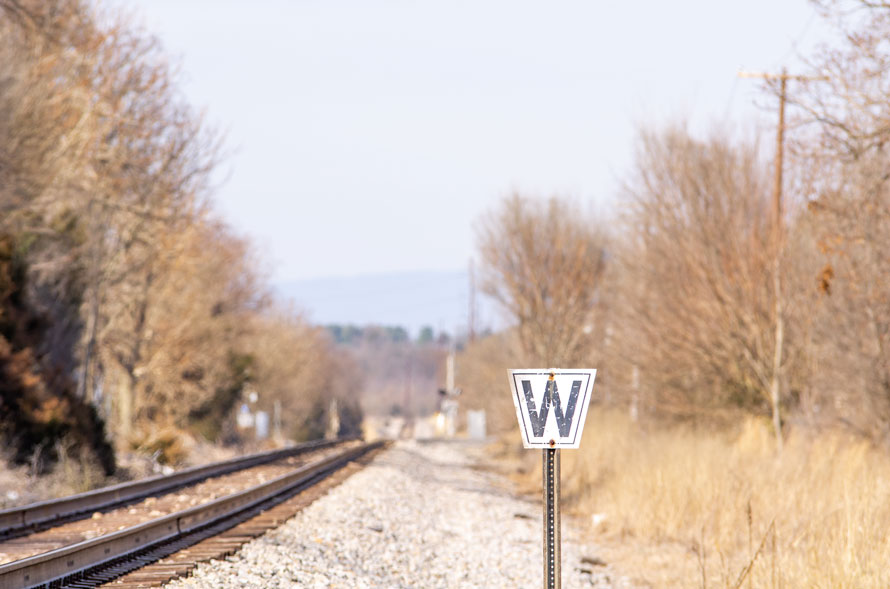What is a Photograph?

It has always seemed to me appropriate that we store our digital images on a “memory card.” Digital photographs are stored in electronic memory in much the same way that our brain stores electrical impulses as memory. Whether electronic or neurological, memory is ephemeral. Digital memory can be corrupted, erased or rendered inaccessible by changing technology. And, over time human memory becomes unreliable, fades and is forgotten.
Digital photographs have no physical reality and can be viewed only with the aid of a digital device. Much like our own memories, they simply do not exist in the real world.
Of course, all photographs, digital or analogue, speak to memory, but there is a beauty in a photographic print. You can hold it in your hand or display it on the wall. A print is a memory made real, a physical presence that an image on a computer screen lacks. It becomes part of our environment, something that we live with and enjoy much as we do all the familiar objects that surround our lives.
Photography has always been a way to cheat fading memories and preserve a moment in time. One of my prized possessions is a collection of photographs that my aunt took of my mother’s family in the 1930s and 40s. Each of the black and white prints is a memory that I can hold in my hand. They are not my memories, but they lived in the memory of those I loved, and when I see these small, curled images from a time long gone, in a strange way I share those memories,
Nothing lasts forever, but down through the years, a photograph continues to preserve meaning and memory, a link to those moments that flee so quickly into the past.
Edd Fuller – Photographs and text Copyright 2021
Spot on really. We all have those old photographs in drawers or albums. And yes the ones on the wall we look at all the time. Over the past few years I got some free at our dump picture frames people left. I took out their contents cleaned them up and printed almost 100 pictures and now have these very large frames hung up to look at in my man cave. There is one sad thing about these, the older I get the more people in those frames are gone, but they are filled with happy memories.
Amen. Looks like a PRR grade crossing alert (whistle board)
Wonderful essay about the real/not real aspect of digital images captured by cameras these days.
I am the editor of a print magazine about Pennsylvania. Those who pay for the magazine regularly praise the quality of the photographs and our treatment of them. Over the past several years, we have found the interest in such a legacy item–a print magazine–to be growing, not shrinking. It’s something that can be held in the hands, passed along, and enjoyed without a need to plug it in or swipe right or left.
When we come upon old magazines with content that we can relate to, they have the same draw as the b/w prints that you remark about in your essay. They draw us in by their historic and timeless quality.
We’ve had exchange students over the years and took many digital photos of our activities while they were with us. At the end of the year, we’d assemble all of the best images in a book and send that to them as a remembrance. . . something that they can share with their family and friends, and maybe with a child way down the line. Of course, we had a second copy printed for us, as well.
Memories held in the hands are special indeed.
Best Christmas and New Year’s wishes to you and yours!
While I can recognize that digital technology provides many benefits, nothing beats quality analogue. There is an emporium in the town where I grew up and, living only about 20 miles away, I often visited there with my daughters when they were younger. Their amazement at the old toys, albums, and dated technology was always a fun experience. I remember a visit in particular when my oldest called us over where she was checking out a high end stereo and she said “Feel these dials!” They had a heft to them that was just plain satisfying and it really hit me that, indeed, we don’t make much like we used to.
We still visit on occasion and my hope is that, if they remain in the area, they’ll someday take their own children there to experience our past.